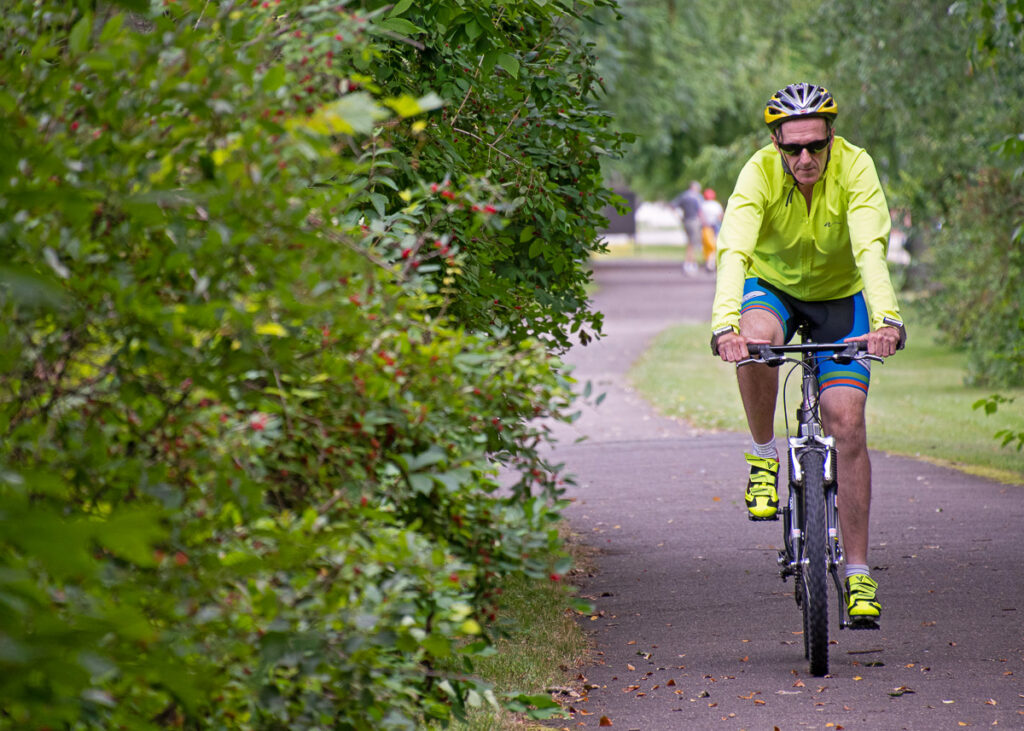What is Candid?
“Candid” – the very word invokes images of a natural capture of a moment in time. Merriam-Webster even includes the definition “relating to or being photography of subjects acting naturally or spontaneously without being posed.” They also include the phrase “marked by honest sincere expression.” So doesn’t this mean the term “posed candid” is an oxymoron?
Let’s take this one step further. My very first experience learning photography was photojournalism. This meant living by a set of codes. One of the strong codes is that subjects NEVER get posed! Doing so is an insincere expression of a news story. So the word candid means unposed. Always. Without exception.
But then again…
Not all photography is photojournalism. Portraiture is more than just your junior high school picture with bad hair and a shirt that makes you curse whoever dressed you that day. Portraiture is much more art than it is photojournalism. So maybe there is more to the term “posed candid” than the concern over its oxymoronic nature. So my photojournalist roots became a bit unraveled as I read the book Portrait Photography by Bryan Peterson.
Because when a photograph is photojournalism, I stand by my conviction that candid is candid, and there is no such thing as posing the subject of a news item. However, when a picture is being taken as a piece of art, then maybe posing to look candid is a different story. For example, perhaps your subject needs to be framed in a specific way against a background. Or the light can be used to emphasize a particular feature of the photo’s subject. Not to mention, perhaps an environmental portrait warrants a particular pose to tell a particular story. In other words, art can tell a story; a photographer can direct that story.
If Bryan Peterson reads this, I hope he won’t think I am stealing anything he has written. His presentation of these points are part of a larger work. As a result, he has more time and room to develop his ideas. Those related to posing a subject to reflect a story are convincing because the appearance of a person in a particular scenario is sometimes part of the story being told. So it is natural that to create that photo means posing its subject.
For example…
Take the picture above of the bicyclist. At first glance it is a well-composed photo that could be used to convey the importance of public bike trails. This is the story being told. But wait, I as the photographer recognize this particular bicyclist. It’s my friend Jim, who knows his way around trails and parks from local to state. Here he is riding the Allegheny River Trail in Western NY. I also remember the day he generously agreed to donate his time. I asked him to ride his bike on this particular trail, and where on the trail to ride. Why? Because I was submitting a photograph to a contest that had to do with a travel guide. So it wasn’t capturing a news item… it was more art than journalism. So I am okay with posed candid.
There is one more facet to this question. Maybe it is an issue of semantics. Perhaps the term “posed candid” is problematic because the meaning of candid indicates it should not be posed. If a portrait is to be taken as art, then should the word “candid” even enter the equation? Should there be a word in photography lingo that replaces the troublesome, oxymoronic term? Well, we may just have to settle for a suggestion that we accept and use the term “posed candid” as only a term without thinking too hard about the individual words making it up.
